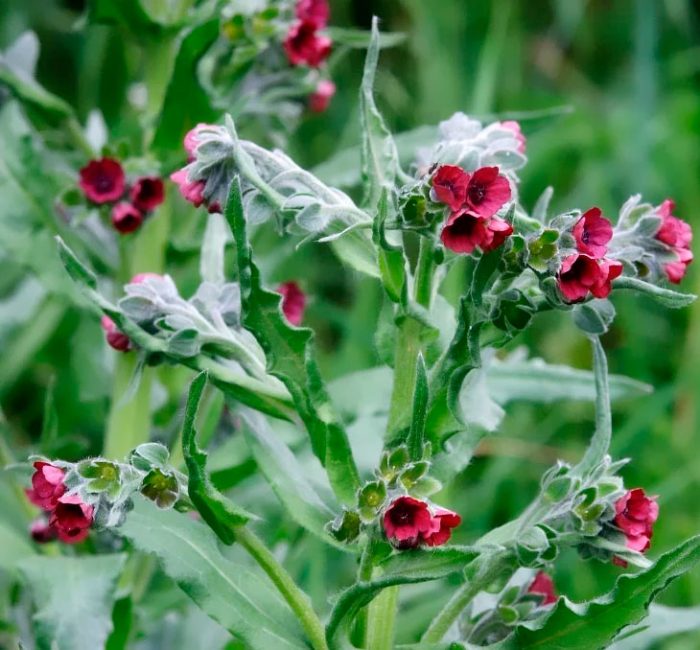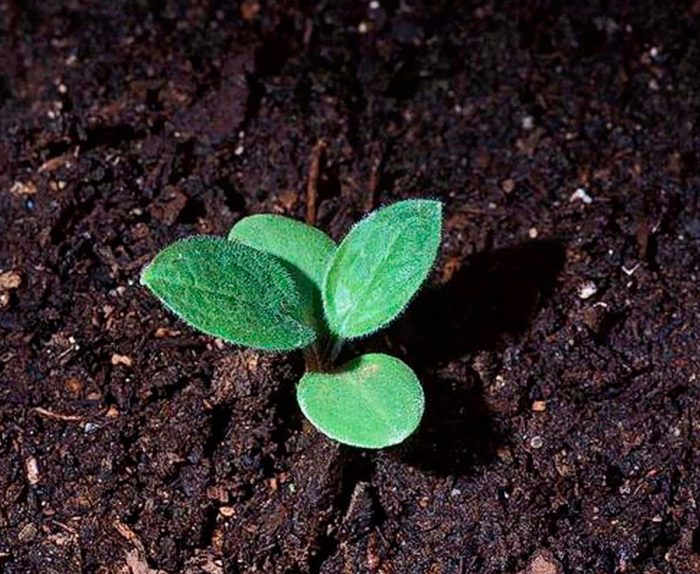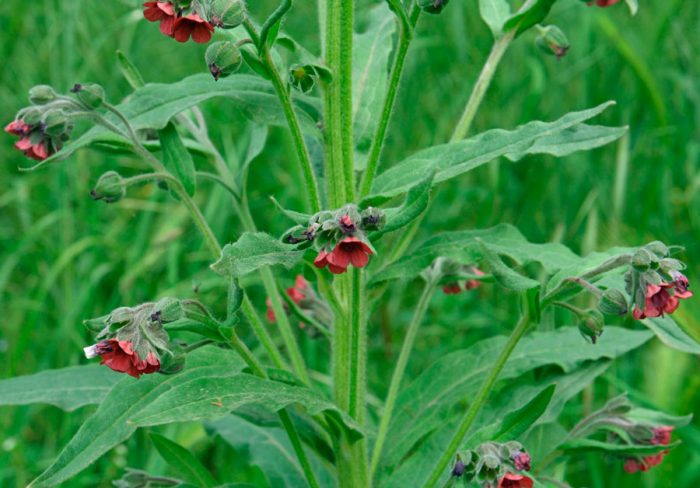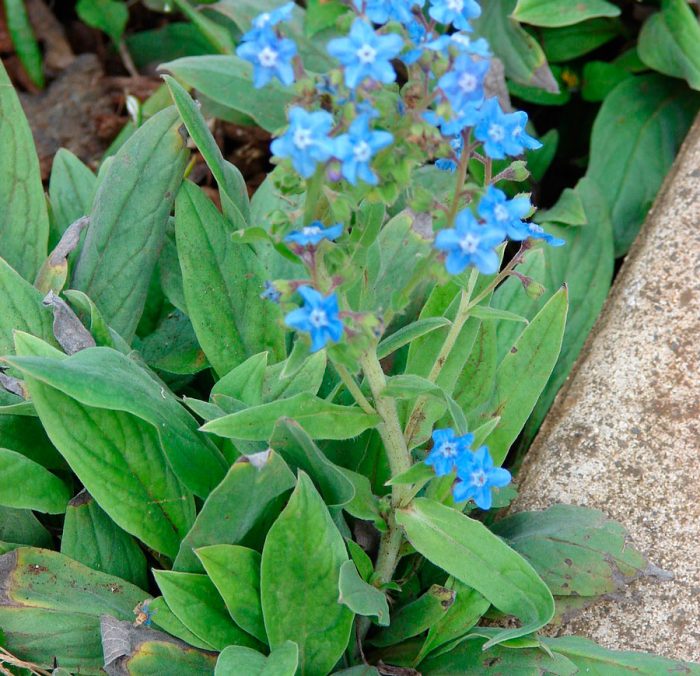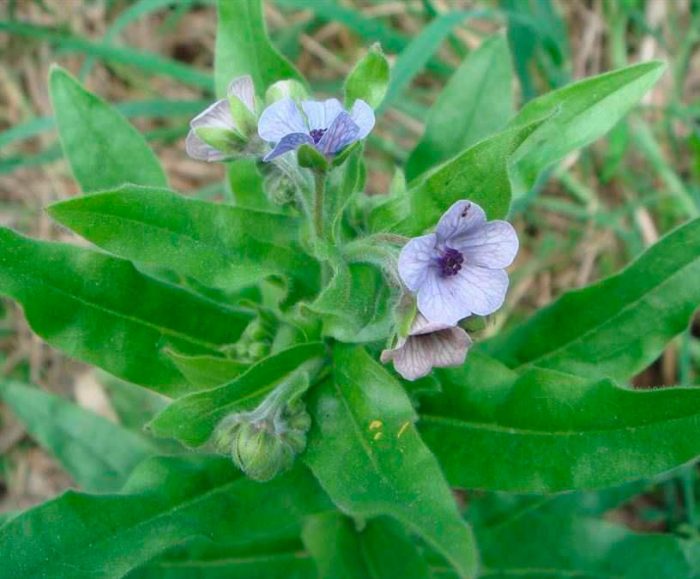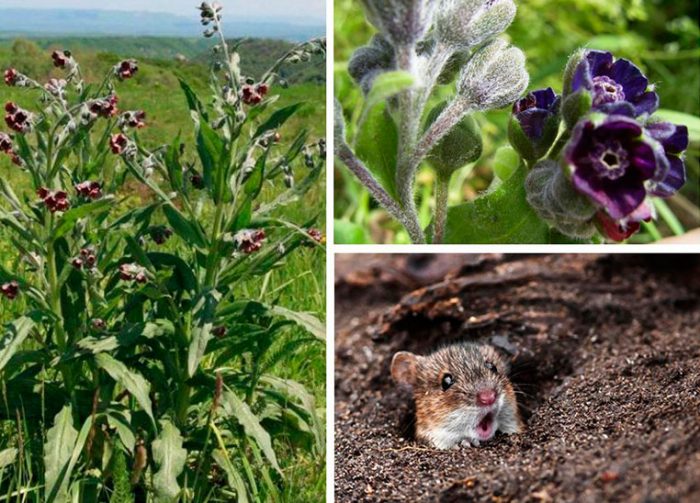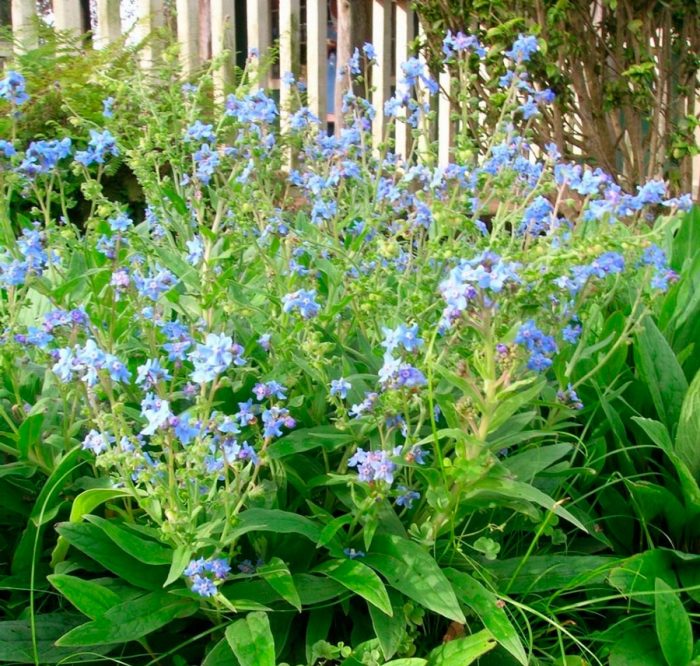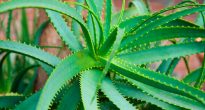A perennial or biennial herb black root is a representative of the Borage family. Some species of such a plant are not highly decorative, while outwardly they are very similar to a simple weed, often found on roadsides, wastelands and fields. Blackroot is also popularly called cat soap, burdock, dog root, night blindness, cynoglossum, red henbane.
For a long time, man has known about the beneficial properties of this plant. It is widely used both in the household and in alternative medicine. A strong unpleasant aroma emanating from the shoots and foliage of the blackroot can scare off any pest and rodent. To decorate the garden plot, decorative varieties of black root are used.
Content
Blackroot features
Blackroot is a herb that has an erect stem. Its height can vary from 0.4 to 1 meter. The diameter of the tap rhizome, which is protected by dark brown-red bark, is about 2.5 centimeters. The upper part of the stem is highly branched and forms a large number of lateral processes. In a flowering bush, these processes are decorated with many flowers of a bright shade. On the surface of the leaf plates and shoots there is a dense pubescence, represented by a short pile of a gray-silver shade.
The shoots are decorated with short-peaked foliage of a rich green color, however, due to dense pubescence, it looks gray. The shape of the leaves is oblong or lanceolate, in width they reach from 20 to 50 millimeters, and in length - from 15 to 20 centimeters.
Flowering begins in the last days of May. At this time, small flowers, collected in paniculate inflorescences, open at the tops of the stems. Bushes bloom throughout the summer. When the bushes only bloom, they are decorated with strongly shortened dense inflorescences. However, they gradually stretch out, and new buds appear on them. Flowers can be painted in such rich shades as: blue, purple, dark red, pink or lilac blue. Their calyx is dense and closed, it reaches a diameter of 0.5 to 0.7 cm. Along the edges it has soft oblong petals, which are strongly bent back.In the last weeks of summer, fruits are formed on the bushes, which are oval-shaped nuts, on the surface of which there are a large number of hooked thorns.
Fresh blackroot juice has a strong unpleasant aroma, somewhat similar to mouse urine. Remember that this juice contains a strong poison. In this regard, when you work with such a plant in the garden, be sure to wash your hands well with soap and water. Also, keep small children and animals away from the blackroot.
Growing from seeds
For propagation of blackroot, gardeners use the seed method. The collection of seed material is carried out from the bushes of the first or second year of life. Fully ripe fruits, covered with thorns, easily open, and the seeds from them spill out onto the surface of the site. They can also cling to clothing.
Blackroot has a high winter hardiness, and therefore often its seed is sown directly into open ground. This is done in autumn, and the seeds must be buried 20-30 mm into the soil. Don't forget to water your crops regularly.
The seedlings should appear in springtime. They look like small rosettes made up of long leaf plates. If necessary, transplant the bushes to another place, while they must be transferred along with a large lump of earth. In order to increase the rate of rooting of a seedling, ammonium nitrate and Kornevin should be added to the prepared hole.
Blackroot care
Blackroot is distinguished by its unpretentiousness. Even in a dry hot period, it is rarely watered. Such a garden culture prefers sunny areas and is frost and drought resistant. An open area with nutritious soil is suitable for planting black roots. Do not plant it in acidic soil. But it grows well in soil with an alkaline or neutral reaction. That is why, during the preparation of the soil for planting the black root, it is recommended to add lime to it.
Such a flower is resistant to sudden changes in temperature and drafts. However, so that the bushes do not fall apart and retain their decorative effect, long stems must be tied up. The plant does not need pruning. A feature of its inflorescences is that they grow over time. This means that the upper part of the shoots gradually increases in length and becomes covered with new buds that grow in a spiral.
Watering
Remember that such a flower tolerates stagnant moisture in the ground much worse than drought. Watering is carried out only during the period of complete absence of rain with a frequency of 1 every 7 days. During flowering, the bushes need more moisture. If watering is not timely during this period, flowering may be more scarce.
Top dressing
In the first year of life, the black root is not fed. Then feeding is carried out in early spring and in the first days of June. To do this, use a complex mineral fertilizer or organic matter.
Diseases and pests
Such a plant is highly resistant to pests and diseases. In addition, black root itself is an insecticide, that is, it is able to scare off various pests (moths, mosquitoes, slugs, etc.) both from itself and from other garden crops.
Types of blackroot with photo
Experts identify 83 types of blackroot. Moreover, some of the species are very popular with gardeners.
Blackroot officinalis (Cynoglossum officinale)
The bush reaches a height of about 0.9–1 meters. Its erect shoots are highly branched. Along the entire length of the stems, oppositely located lanceolate leaf plates grow, the surface of which is covered with felt pile. Flowering begins in June. At the tops of the stems, red-lilac flowers are revealed, collected in panicles. The closed corolla has a funnel-shaped shape, soft thin petals slightly peep out of it. There is a peephole in the middle of the corolla.This species is widespread in alternative medicine, and it is also often used to combat various pests (rats, moles or mice).
Nice black root (Cynoglossum amabile)
Such an annual is highly decorative. A sprawling ball-shaped bush, reaches a height of 0.4 to 0.5 m. The surface of rich green leaf plates and shoots is covered with pale gray pubescence. During the flowering period, panicles are formed, the length of which increases over time. The deep blue flowers reach about 1.5 cm in diameter.
Blackroot Cretan (Cynoglossum creticum)
The height of such an annual varies from 0.3 to 0.6 m. Its stem is single and erect. At the base of the bush, oval-shaped leaf plates grow, the length of which can vary from 10 to 15 centimeters. Sessile leaf plates grow along the entire length of the stem, which are oppositely located. They are colored dark green. On the surface of the entire growth, there is a soft pubescence, which is a felt pile. Spiral-shaped paniculate inflorescences consist of small flowers, the opening of which is observed in August. Immediately after opening the flowers, their petals have a white color, which after a while changes to pink or blue. And after a while, the petals become pale purple.
German black root (Cynoglossum germanicum)
On the surface of the rich green growth of this species, there is pubescence, which is a soft pile of a silvery color. Lanceolate leaf plates grow along the entire length of the stem. In July, small pink-lilac flowers open at the top of the stems.
Blackroot from pests
In the area where black root grows, there are practically no moles, mice and rats. As a result, trees and flowers in the garden rarely suffer from pests that do not like the scent of the sap of the given flower. Fresh juice is also unpleasant for people, but if the black root is dried, it will no longer be so "smelling".
It is recommended to spread the grass and roots of such a plant in the cellar, basement, etc. A decoction is also prepared from it, which is used as an additive to whitewash for walls. In winter, dried blackroot shoots, tied in bunches, are laid out near garden trees, this helps to protect them from rodents. The seeds of such a plant are poured into the holes of the moles so that they leave the site.
Animals try to avoid meeting this plant. Just a few minutes of being near the blackroot is enough to kill the animal. The fact is that it evaporates alkaloids, which have a nerve effect.


Watch this video on YouTube
Beneficial features
In blackroot, the juice contains essential oils, resins, alkaloids, tannins and dyes, and coumarins. The stems and rhizomes of such a plant are used as medicinal raw materials. Means made from them are distinguished by a calming, fixing, antimicrobial, anti-inflammatory and analgesic effect.
Lotions and ointments are used externally for irritations on the skin, as well as for boils and burns. Decoctions and tinctures are used for malignant tumors in the digestive tract, as well as for inflammation or intestinal upset. Blackroot decoction is used to prepare trays that reduce pain in arthritis or bone fractures.
Blackroot in landscape design
Decorative varieties of black root are used for planting in mixborders and flower beds, and are also used for spectacular group plantings in the middle of the lawn. This horticultural crop is suitable for growing in containers on a terrace or balcony.
Blackroot is recommended to be planted next to aster, snapdragon, verbena, matthiola and echinacea. Lush inflorescences are used for cutting. They are able to stand in a bouquet for more than a crescent.

